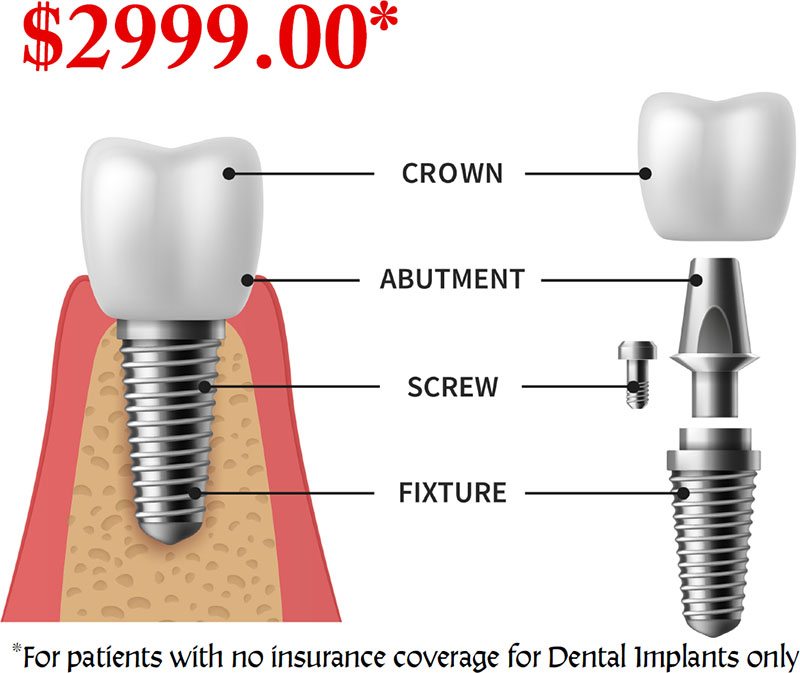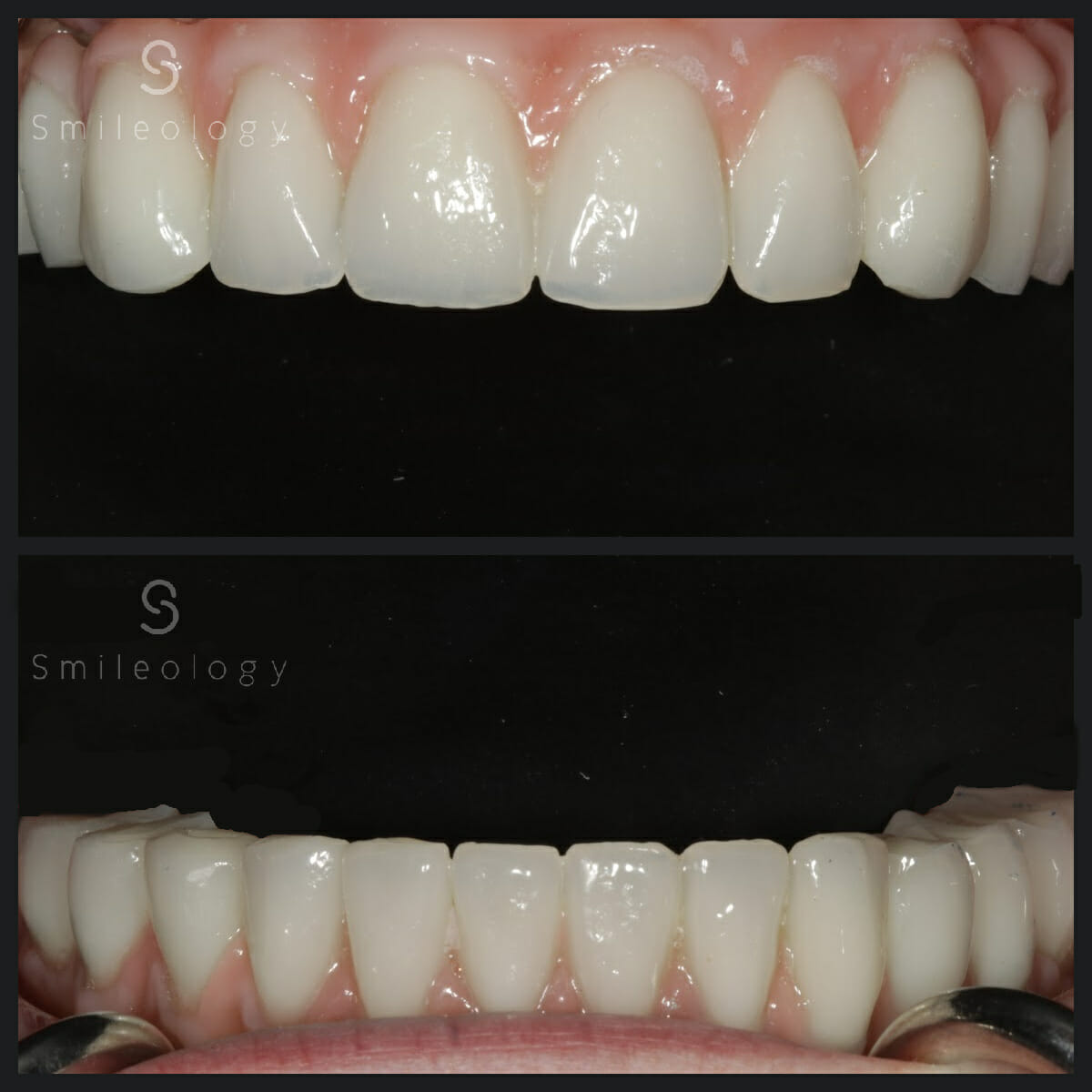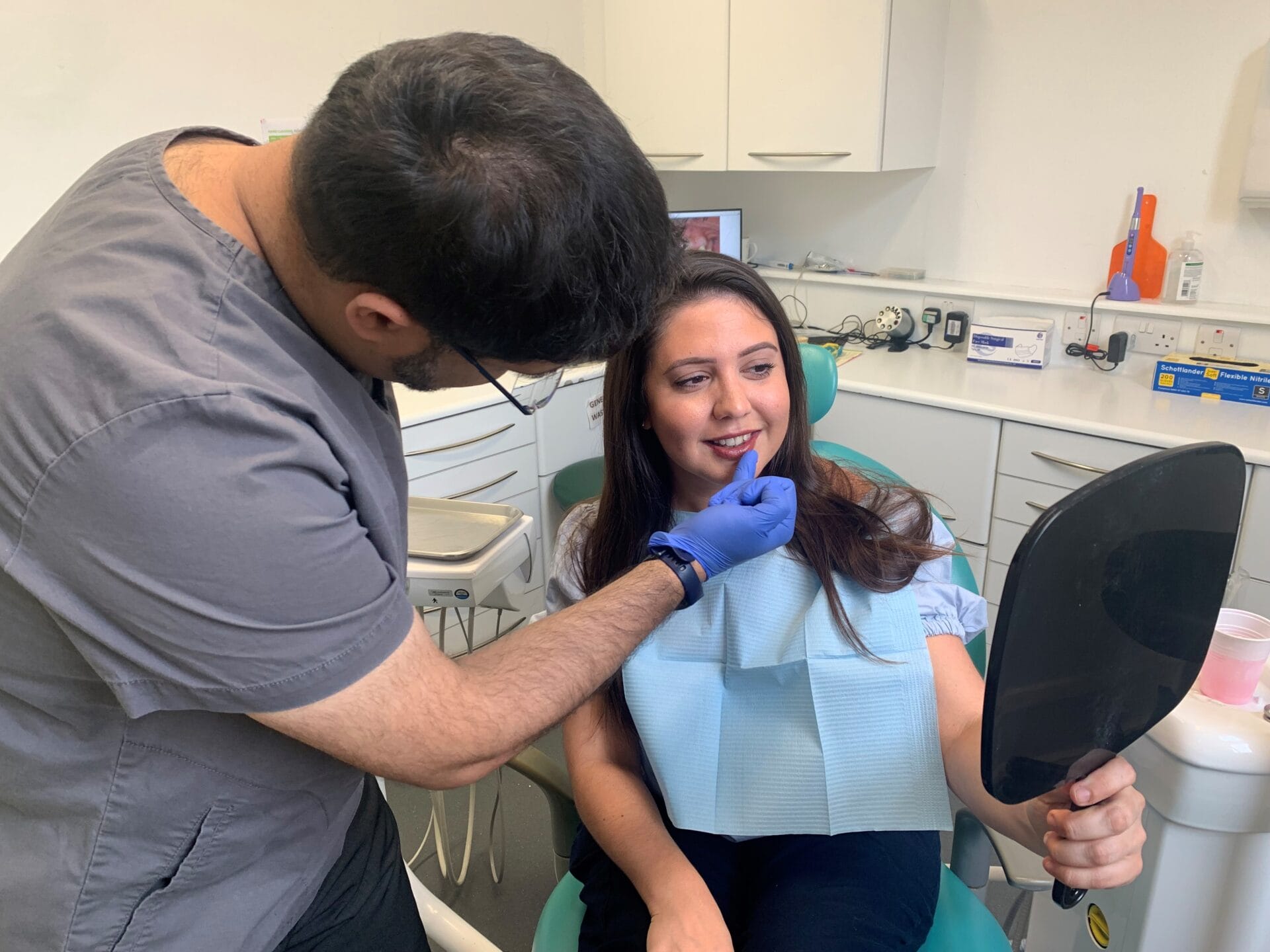Restore Functionality and Aesthetic Appeals: Dental Implants Kent Solutions
Restore Functionality and Aesthetic Appeals: Dental Implants Kent Solutions
Blog Article
Experience the Newest Technologies in Dental Implants Innovation
As the field of dental care continues to develop, the improvements in dental implant modern technology have been nothing short of impressive. The assimilation of modern technology is changing the capability of oral implants, assuring improved end results and individual complete satisfaction.
Advanced Products for Boosted Sturdiness
In the world of oral implants innovation, the assimilation of advanced products has dramatically contributed to boosting sturdiness and long life of these important oral prosthetics. The utilization of materials such as titanium alloys, zirconia, and ceramic substances has revolutionized the field by supplying increased toughness, resistance, and biocompatibility to corrosion.
Titanium alloys are commonly made use of in oral implants due to their extraordinary strength-to-weight proportion, corrosion resistance, and compatibility with the human body. These alloys guarantee the stability and long life of the dental implant by withstanding the forces put in throughout chewing and talking, giving a dependable option for individuals seeking durable tooth replacements.
Zirconia, a kind of ceramic material, has gotten appeal for its biocompatibility and natural tooth-like look. Its high strength and resistance to wear make it a suitable choice for dental crowns and bridges, enhancing the overall appearances and capability of the dental implant.

Digital Imaging for Specific Positioning
The development of dental implants technology has additionally advanced with the integration of electronic imaging strategies, guaranteeing exact placement of these prosthetics for optimal functional and visual results. Digital imaging plays a vital function in the planning and placement of oral implants by supplying comprehensive 3D images of the person's jawbone framework. This innovation allows dentists to analyze bone thickness, locate vital structures, and intend the precise setting and angle for dental implant placement with unparalleled accuracy.
By using electronic imaging, dental professionals can create virtual medical guides that work as a roadmap during the implant positioning procedure. These overviews are customized for each and every individual, taking right into account their distinct makeup and the preferred end result. This level of accuracy not only boosts the success rate of oral implant procedures however also reduces the threat of issues.
Furthermore, electronic imaging enables dental experts to imagine the last prosthetic remediation prior to the actual placement of implants, enabling meticulous preparation and making certain that the outcome satisfies the patient's aesthetic assumptions. In general, the assimilation of digital imaging innovation has actually revolutionized the field of dental implants, offering patients a more predictable, effective, and patient-specific treatment approach.

Minimally Intrusive Surgical Techniques


Improvements in surgical methods have led to the development of minimally invasive strategies in the area of dental implantology. These techniques intend look at this website to minimize trauma to the client, shorten recuperation times, and enhance general treatment end results. Minimally intrusive medical procedures include smaller incisions, specialized tools, and progressed imaging innovations to exactly position oral implants this hyperlink with minimal disturbance to bordering tissues.
One trick element of minimally invasive strategies is using assisted surgical procedure, where 3D imaging and computer-aided style software are used to plan the dental implant placement with great precision. This enables an extra predictable end result and can typically get rid of the requirement for extensive flap surgical procedure.
Furthermore, innovations in materials and dental implant style have likewise contributed to the success of minimally invasive strategies. Implants with enhanced surface area buildings promote much faster osseointegration, decreasing the recovery time called for before the prosthetic restoration can be positioned.
3D Printing for Personalized Solutions
Making use of 3D printing technology in dental implantology permits for the production of extremely personalized remedies customized to specific patient requirements and anatomical variants. This cutting-edge innovation makes it possible for oral professionals to develop and produce oral implants with extraordinary accuracy and accuracy. By making use of electronic imaging strategies, such as cone beam computed tomography (CBCT), comprehensive 3D designs of the person's mouth can be generated to direct the implant preparing process.
Among the essential benefits of 3D printing in dental implantology is the capacity to produce patient-specific implants that perfectly fit the one-of-a-kind anatomy of each person. This personalized strategy assists improve the overall success and longevity of the implant by guaranteeing ideal fit and placement. In addition, 3D printing permits the manufacturing of complicated geometries and complex structures that would be impossible or like it tough to attain making use of conventional manufacturing methods.
Additionally, 3D printing technology enables dental professionals to improve the implantation procedure, lowering surgical procedure time and improving general patient experience. With its capacity to develop customized solutions promptly and effectively, 3D printing is transforming the field of oral implantology, offering people innovative therapy choices and improved end results.
Integrated Innovation for Improved Functionality
Carrying out innovative technology in dental implantology improves functionality and accuracy, boosting the requirement of treatment for clients undertaking implant procedures. Integrated modern technology plays an important duty in enhancing the total success and resilience of oral implants.
In addition, the integration of computer-aided style and computer-aided production (CAD/CAM) innovation allows the creation of customized dental implant reconstructions with extraordinary accuracy. CAD/CAM systems use electronic impacts to make prosthetics that perfectly fit the patient's distinct anatomy, making sure ideal convenience and capability. In addition, making use of robotic-assisted surgery in implant placement enhances precision and reduces the risk of human error.
Conclusion
In final thought, the most up to date technologies in oral implants modern technology deal boosted longevity via advanced products, specific positioning with digital imaging, minimally invasive surgical methods, personalized options with 3D printing, and enhanced performance with integrated modern technology - Dental implants Kent. These innovations in oral implants modern technology are revolutionizing the field and giving people with even more effective and reliable treatment alternatives for recovering their smiles and oral health
The combination of modern technology is reinventing the functionality of oral implants, promising boosted outcomes and patient contentment.
The development of dental implants technology has even more advanced with the assimilation of digital imaging strategies, guaranteeing exact positioning of these prosthetics for optimum functional and visual end results. Minimally intrusive surgical treatments involve smaller cuts, specialized tools, and advanced imaging technologies to exactly position dental implants with very little disturbance to bordering tissues.
Applying advanced innovation in oral implantology enhances functionality and precision, boosting the standard of treatment for patients going through dental implant treatments. Dental implants Kent. Integrated technology plays a vital role in enhancing the general success and longevity of dental implants
Report this page